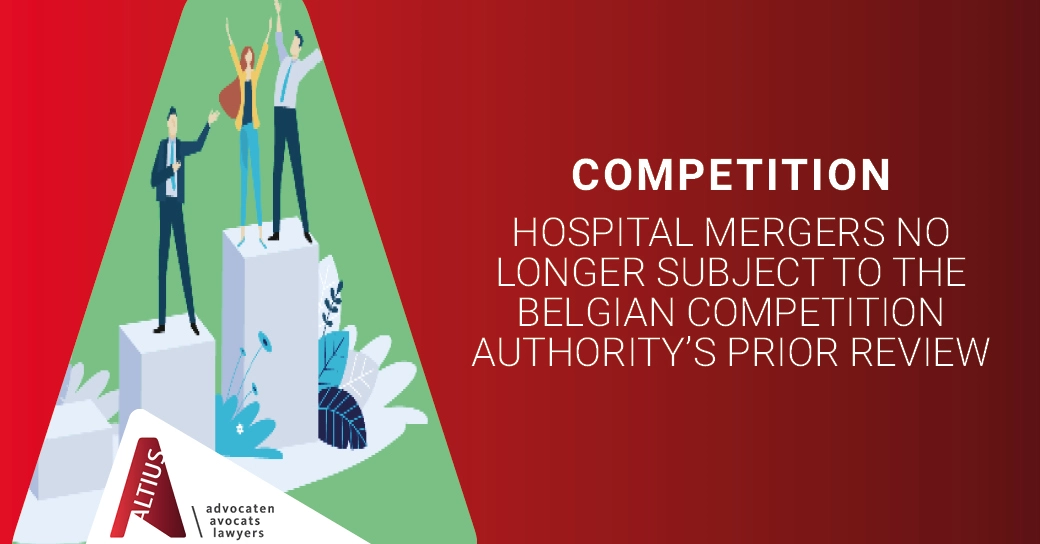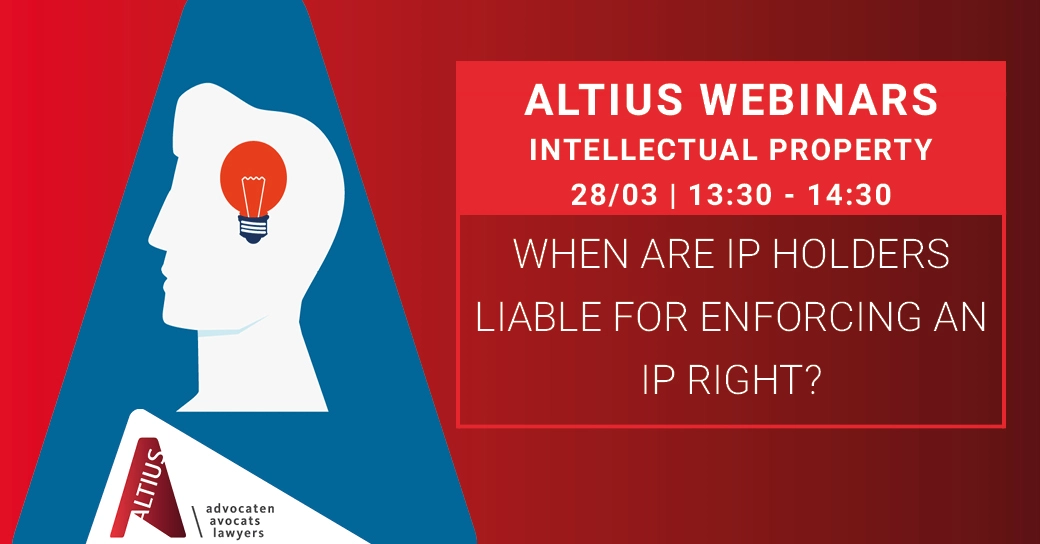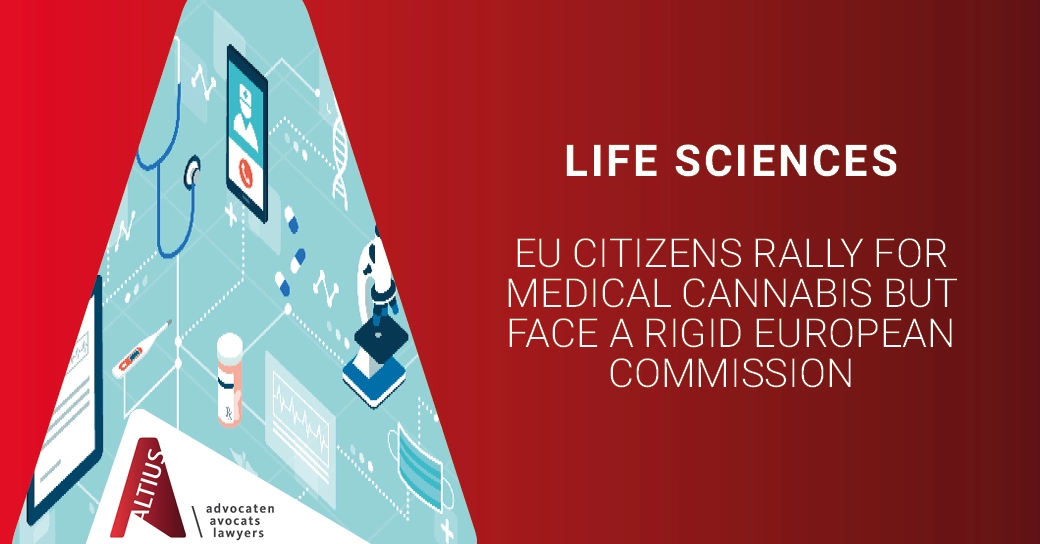Are parallel importers necessarily allowed to rebox medicines in case of visible traces from ATDs? The CJEU says NO

Pharmaceutical companies are obliged to affix an anti-tampering device (‘ATD’) on prescription-only medicines to enable verification of whether a medicine’s packaging has been tampered with. Parallel importers argue that this results in an overarching objective necessity to ‘rebox’ such medicines. Since they need to open the original box and replace the ATD, the original box can allegedly no longer be re-used in case of visible traces from the ATD.
The CJEU has now rejected this argument. Any visible or tangible traces resulting from the repackaging do not amount to an objective necessity to rebox. That is only the case if such visible or tangible traces cause such strong resistance from a significant proportion of consumers that it would constitute a barrier to effective access to the market of the EU Member State of import. Such resistance cannot be presumed and should be demonstrated in concreto, particularly regarding (i) the circumstances in the Member State of import when marketing the medicine, and (ii) whether the traces are visible or can only be detected after thorough verification.
Background
When parallel importers buy medicines placed on the market in EU Member State X and sell them in EU Member State Y, they need to make sure, among other things, that the patient information leaflet and certain information on the outer packaging are in the official language(s) of the Member State of import. Parallel importers have always preferred not to add additional labels to the original carton (‘resticker’), but instead to replace the carton entirely with their own new packaging (‘rebox’).
The Falsified Medicines Directive
The Falsified Medicines Directive (Directive 2011/62/EU, ‘FMD’) entered into force in 2019. It aims to fight medicine falsifications by imposing various measures including the implementation of obligatory safety features for prescription-only medicines.
The mandatory safety features are twofold. First, a unique identifier enables the verification of the authenticity and verification of an individual pack of a medicine through an encoded two-dimensional bar code. Second, an ATD should allow the verification of whether a medicine’s packaging has been tampered with and prevent falsified medicines from entering into the legal supply chain.
Implications for parallel trade and the objective necessity to rebox
Various parallel importers have used the ATD as an argument to rebox medicines. They have argued that the traces that remain visible after removing or breaking the original safety features create the impression that the medicine has indeed been tampered with, and create resistance from patients towards the parallel imported medicine.
This argument should be assessed against the first BMS-condition of objective necessity, as established by the Court of Justice of the European Union (‘CJEU’) in its benchmark decision of 11 July 1996 in the Brystol-Myers Squibb case. As a result, the reboxing of medicines is considered lawful only if the parallel importer is able to show that not being allowed to rebox would contribute to the artificial partitioning of the markets between EU Member States. On that basis, Belgian case law has considered reboxing ‘objectively necessary’ only when the original box can no longer be used and thus when overstickering does not allow access to the market of the EU Member State of import.
The CJEU’s decision
Last year, the CJEU was asked in a number of cases (C-224/20 and C-147/20) what impact breaking or removing the ATD and any resulting visible traces had on the objective necessity to rebox.
In line with the arguments of the trade mark holder, Novartis, and the Opinion of Advocate-General Szpunar, the CJEU ruled that the trade mark proprietor may in principle oppose the reboxing of medicines by parallel importers, even when such reboxing has been carried out in compliance with the FMD. That also applies if the use of the original packaging and replacing of the original safety features would leave visible or tangible traces.
The CJEU notes that it is required that there is no doubt, on the part of (generally speaking) wholesalers, prescribers and pharmacists, that those traces of opening are attributable to the parallel importer’s repackaging, i.e. ‘lawful tampering’. The mandatory reference on the outer packaging to the repackager, and the new ATD, enables those persons to ensure that that is the case.
An exception to the above principle applies only if such visible or tangible traces cause such strong resistance from a significant proportion of consumers that it would constitute a barrier to effective access to the market of the EU Member State of import. This is for the national courts to decide. It is, however, not sufficient to rely on a general presumption of consumer resistance to such restickered medicines, and such resistance should instead be assessed in concreto. That assessment should take into account the circumstances prevailing in the Member State of import when marketing the medicine, and whether the traces are visible or can instead only be detected after a thorough verification by wholesalers or pharmacists.
As a result, whether or not there are ATD traces, parallel importers still need to prove in a concrete manner that it is objectively necessary to rebox before being allowed to do so. This is not affected by a Member State requiring that parallel imported medicines must in principle be reboxed and can only be restickered upon application and in exceptional circumstances.
Take-aways
- The fact that the opening of the original packaging and the replacing of the original ATD leaves visible or tangible traces does not amount to objective necessity to rebox the medicine.
- There is only objective necessity to rebox if such visible or tangible traces cause such strong resistance from a significant proportion of consumers that it would constitute a barrier to effective access to the market of the EU Member State of import.
- Parallel importers cannot rely on a general presumption of consumer resistance and should demonstrate such resistance in concreto, particularly regarding (i) the circumstances in the Member State of import when marketing the medicine, and (ii) whether the traces are visible or can only be detected after thorough verification.
Written by
Recommended articles
Hospital mergers no longer subject to the Belgian Competition Authority’s prior review
The legislator has now had the last word, by providing that, in principle, hospital mergers are no longer subject to the BCA’s prior review and approval.
Read onWEBINAR VIDEO | When are IP holders liable for enforcing an IP right?
During this IP Update, Sofie Thijssen and Kirian Claeyé revisit when IP holders may be held liable for enforcing provisional measures based on their IP right.
Read onEU citizens rally for medical cannabis but face a rigid European Commission
In the EU, access to medical cannabis is a matter of national policy. A group of citizens wants to change that by leveraging a citizens’ initiative and prompting the European Commission to act.
Read on


